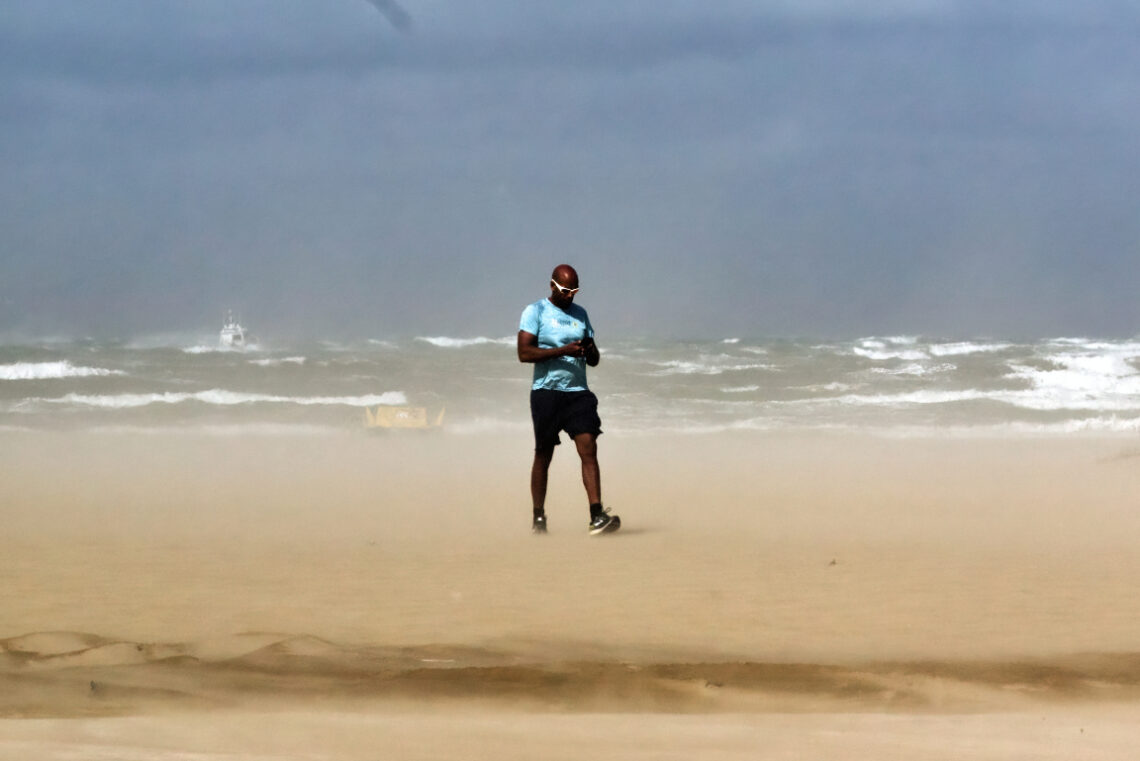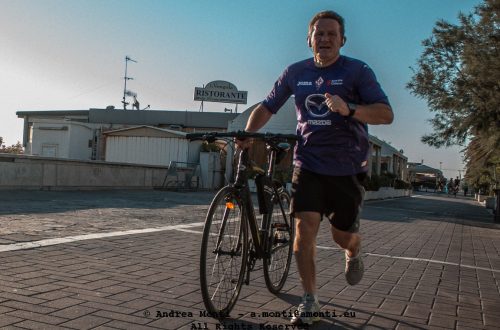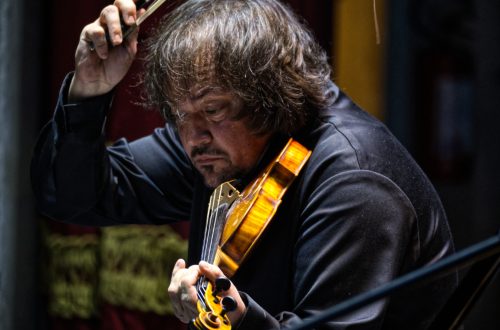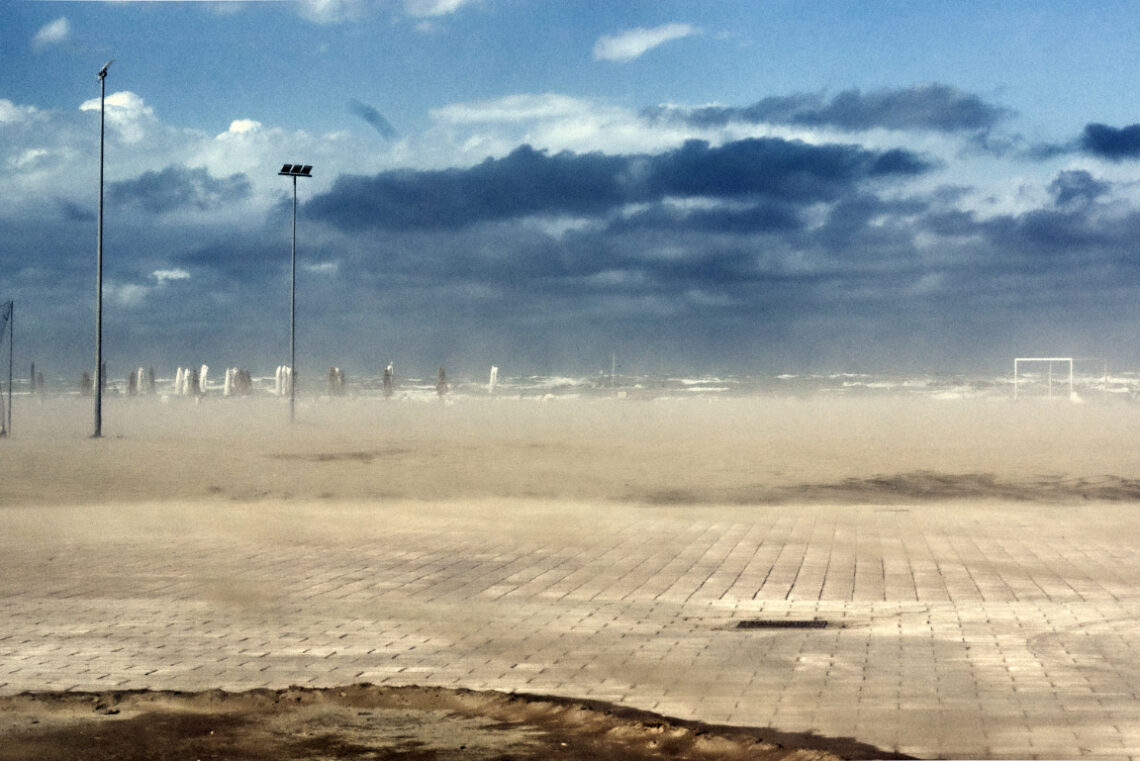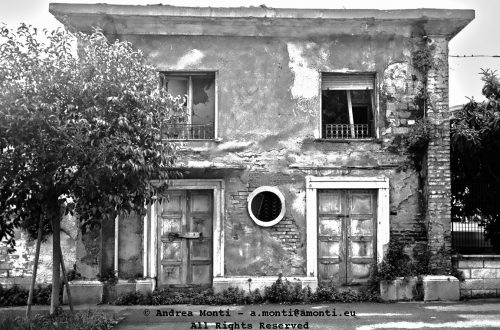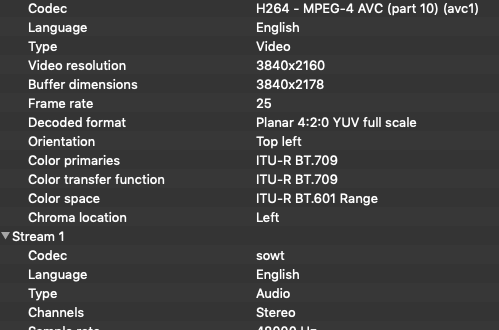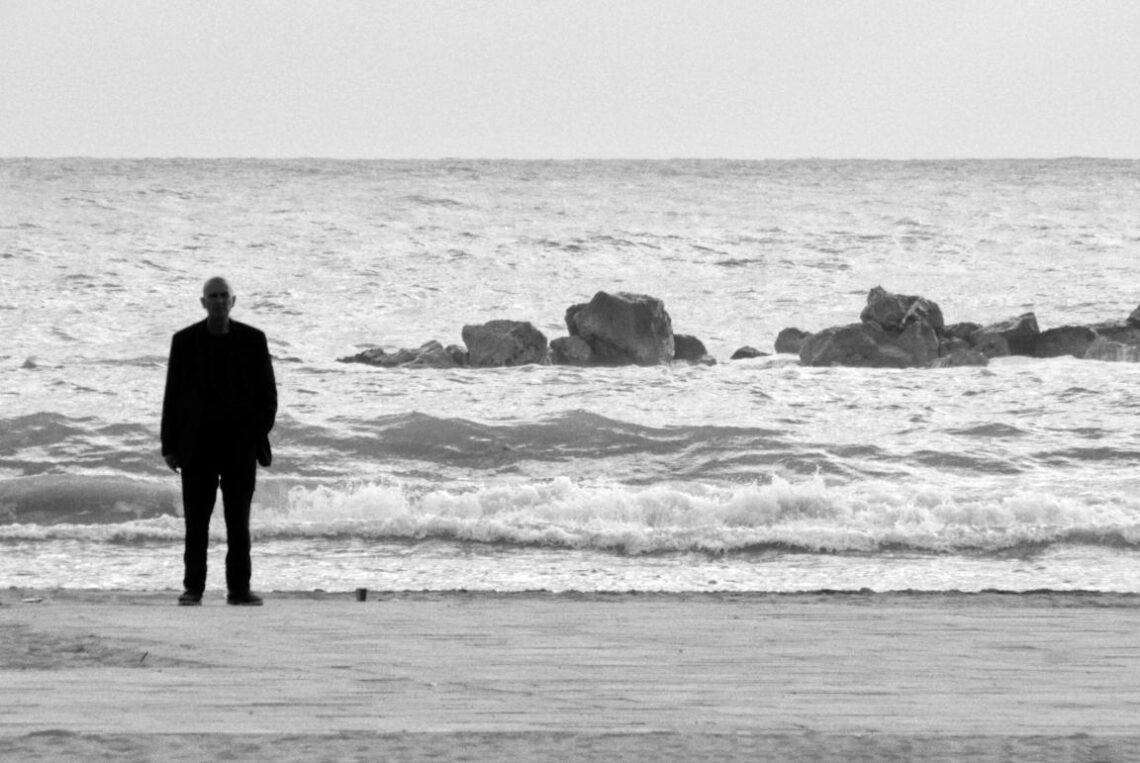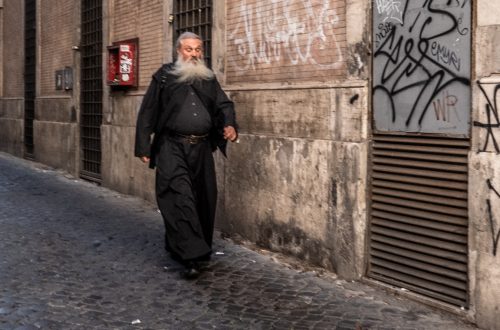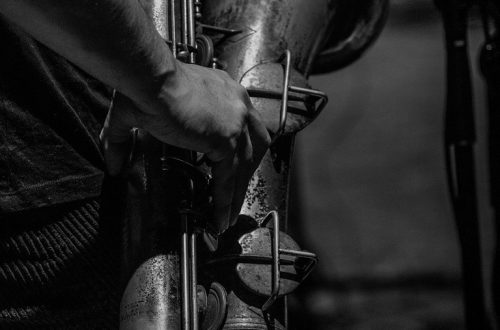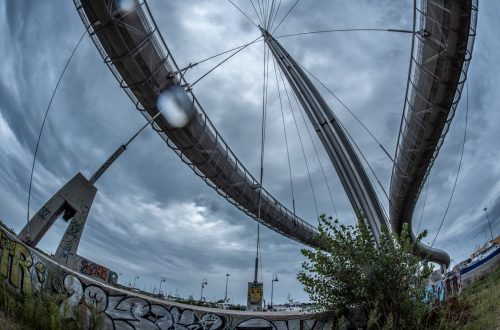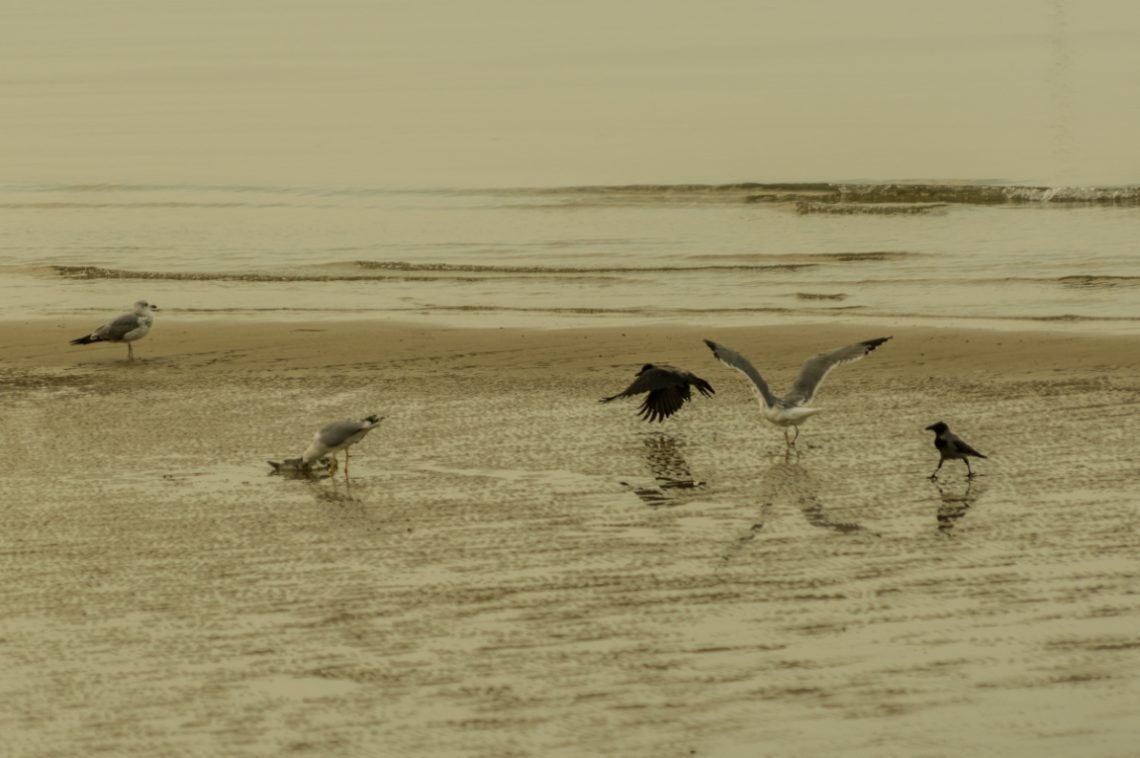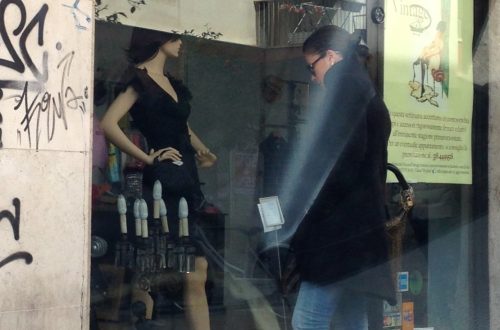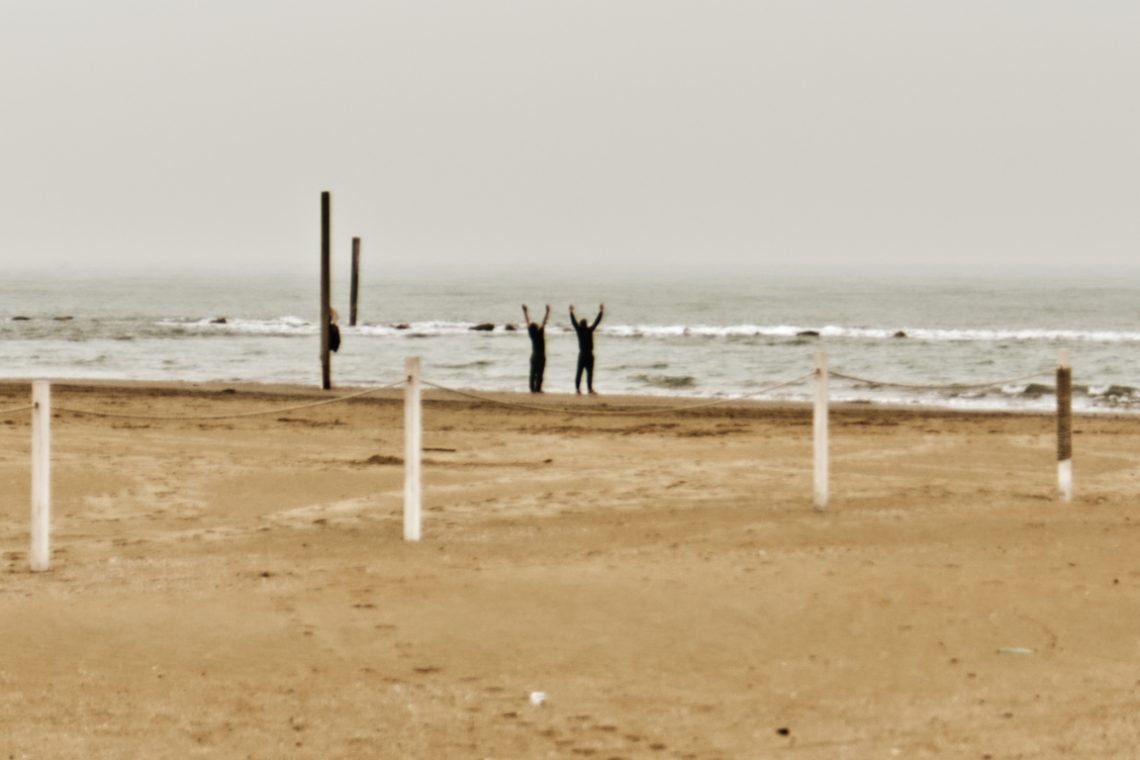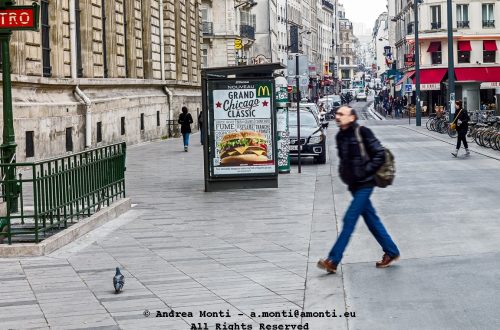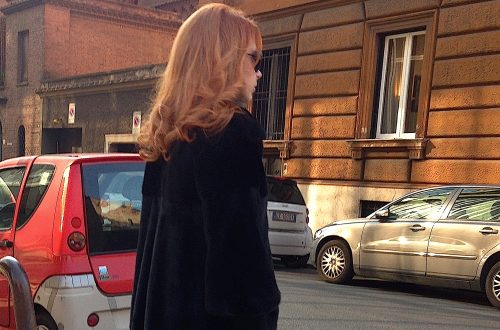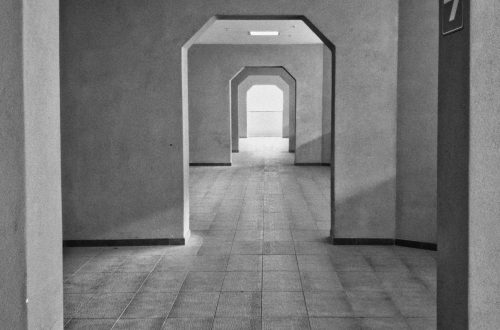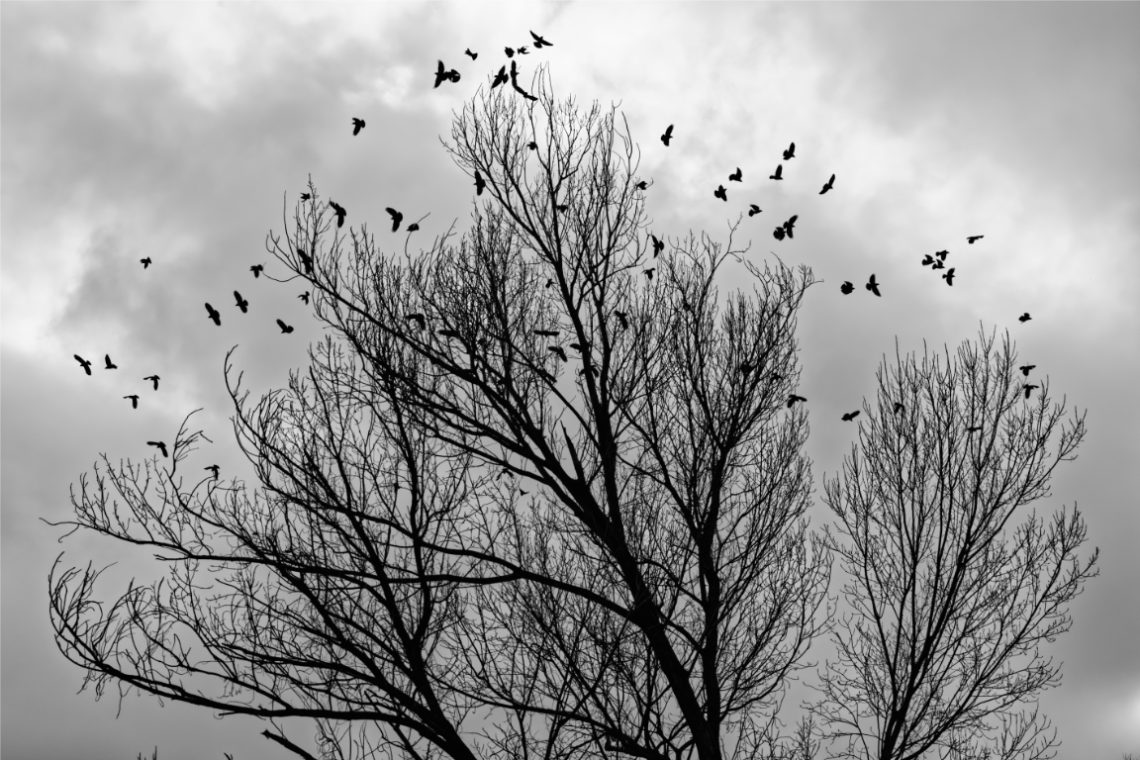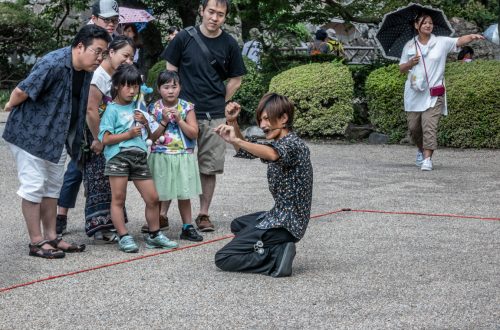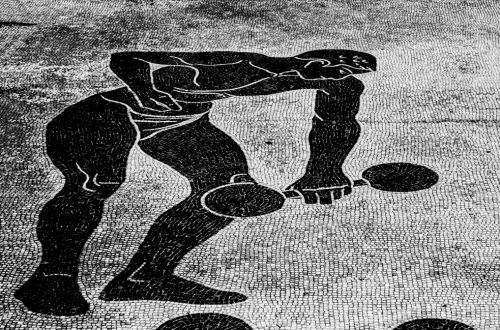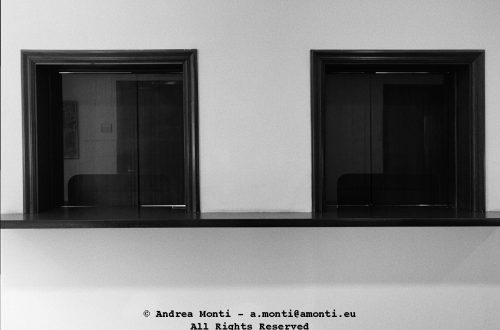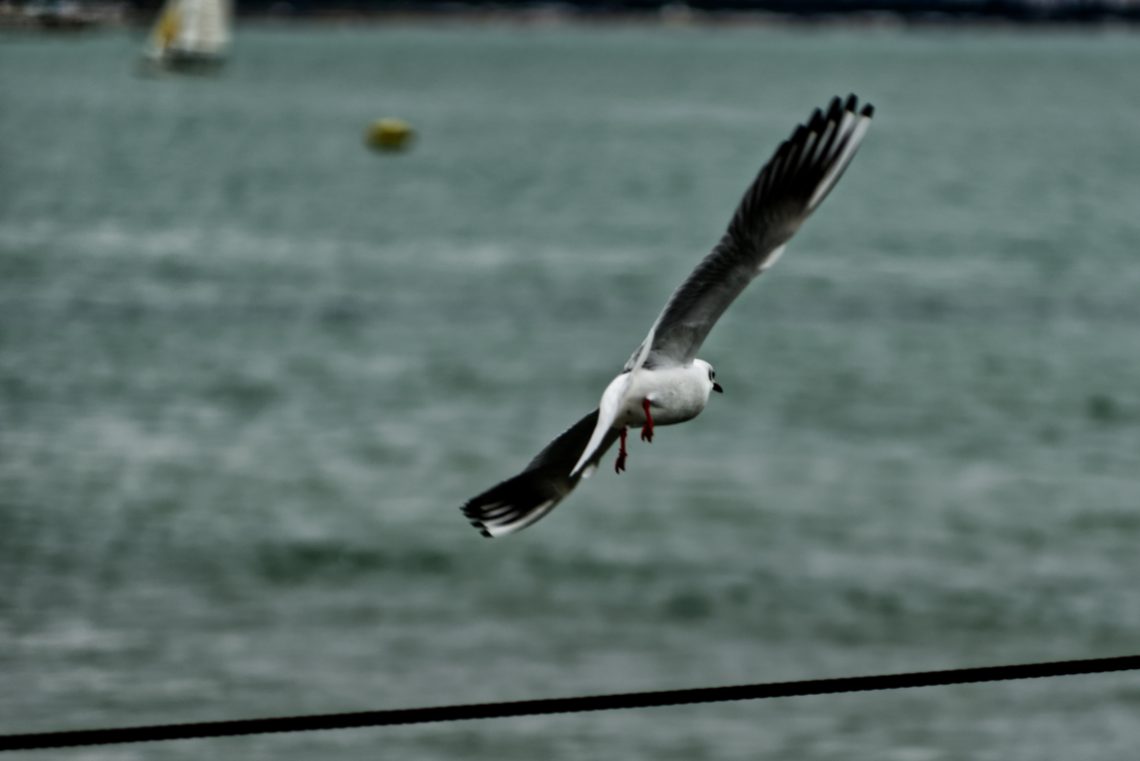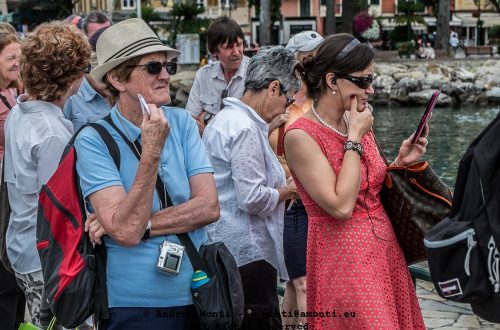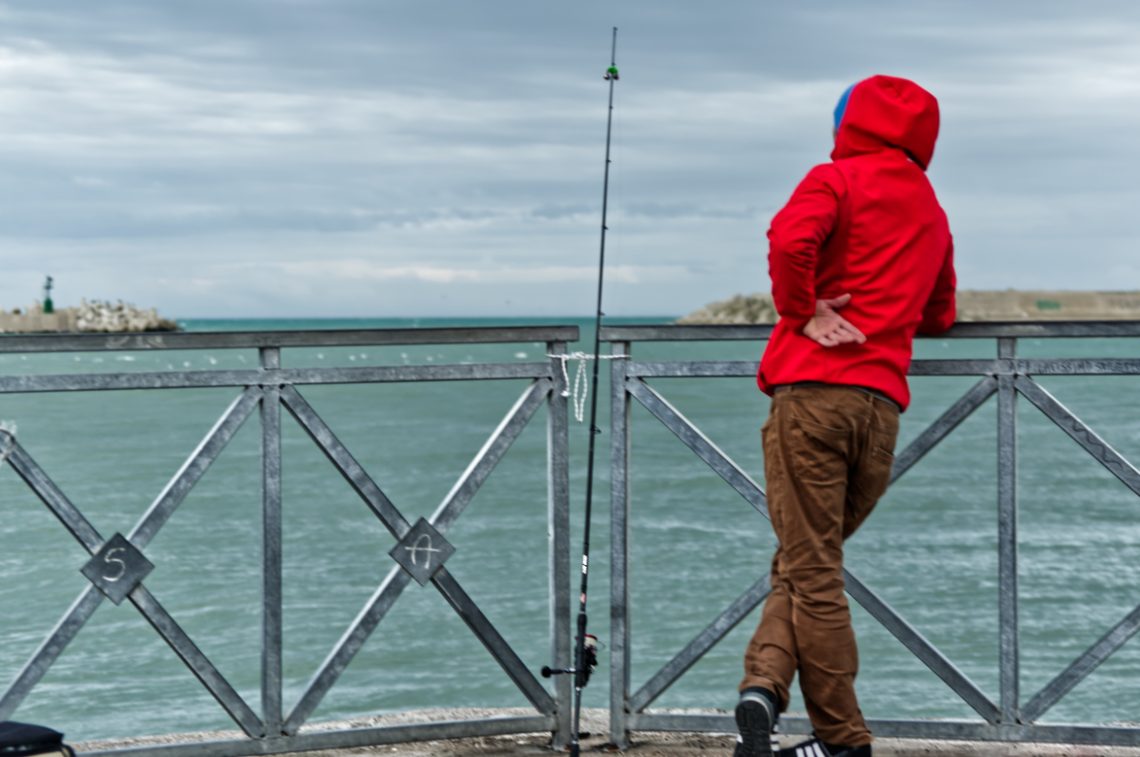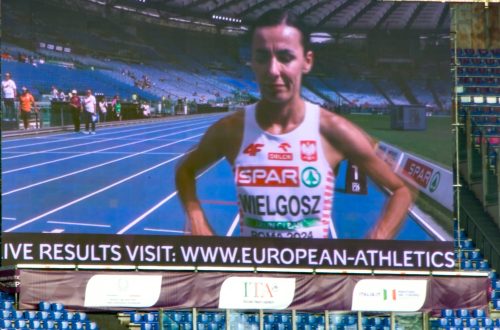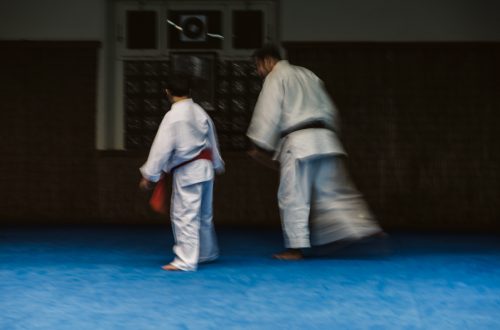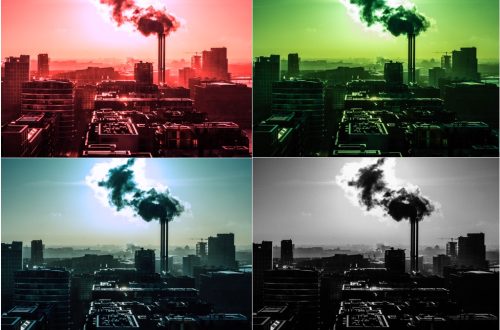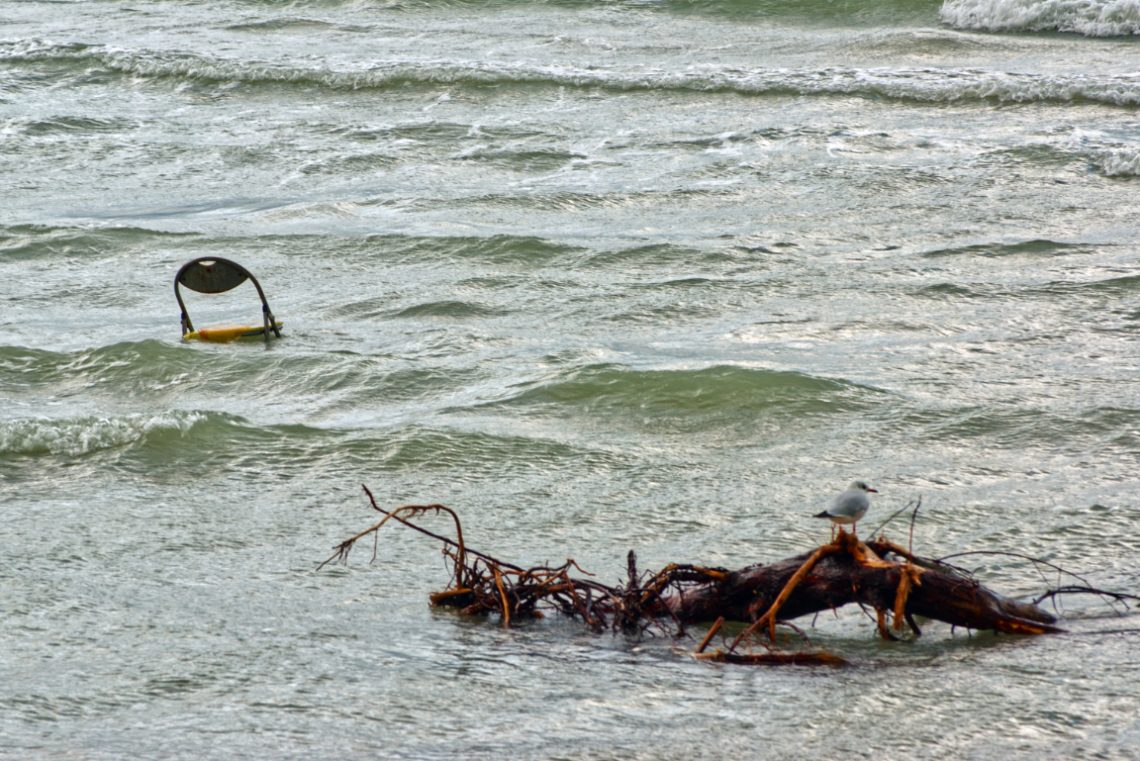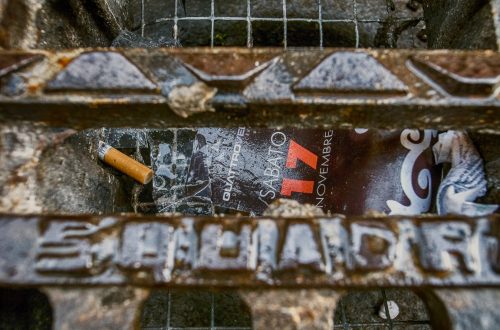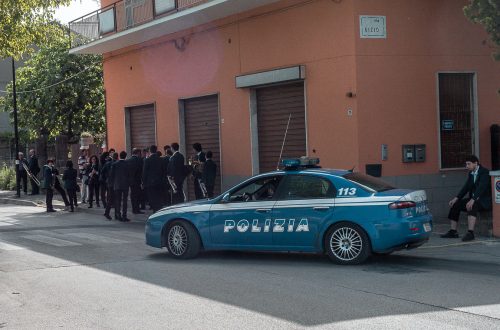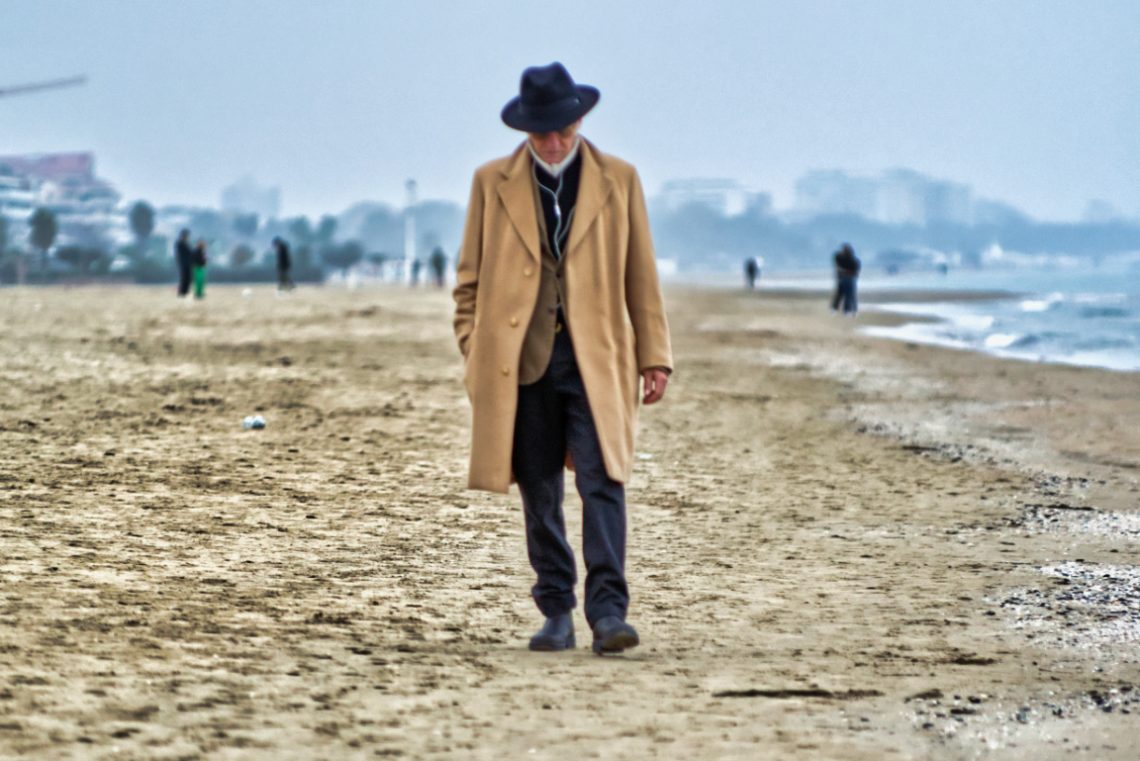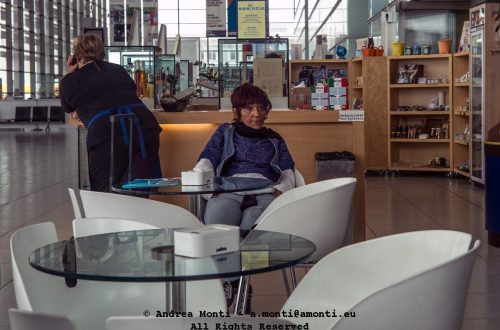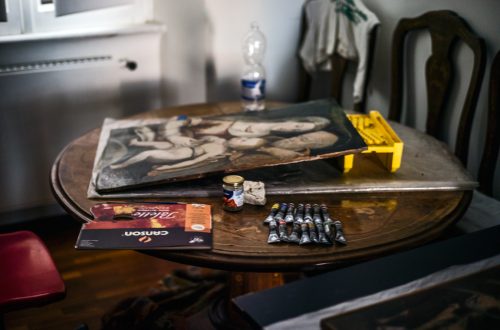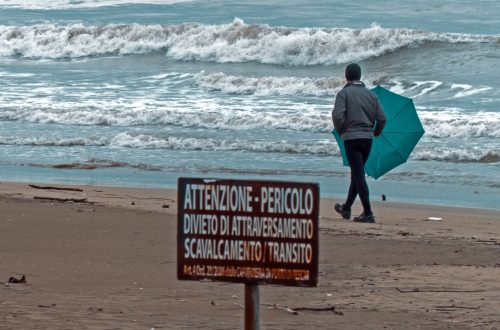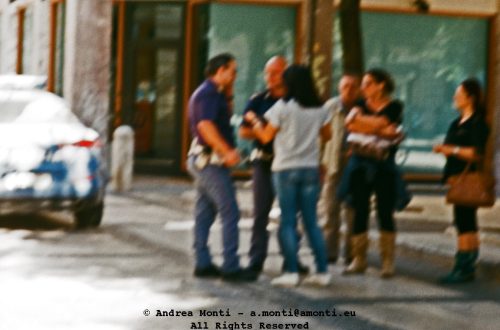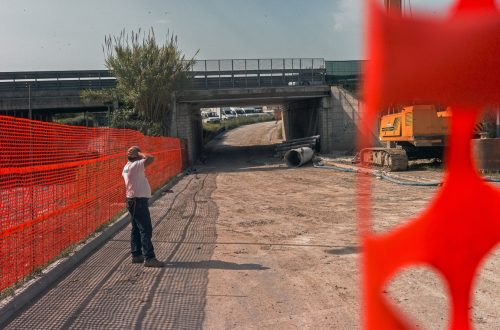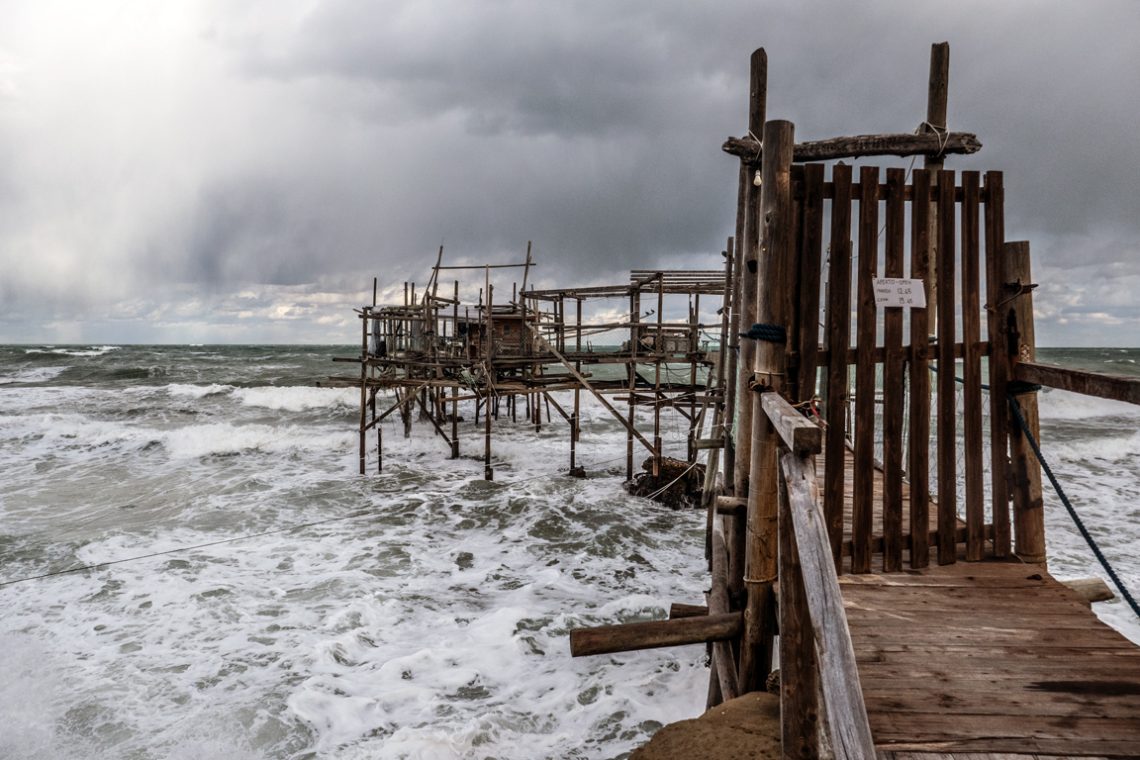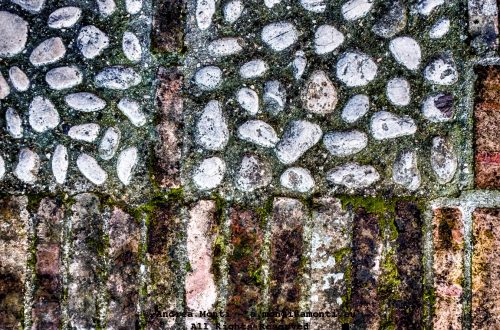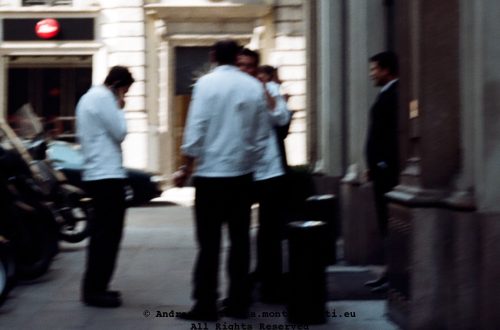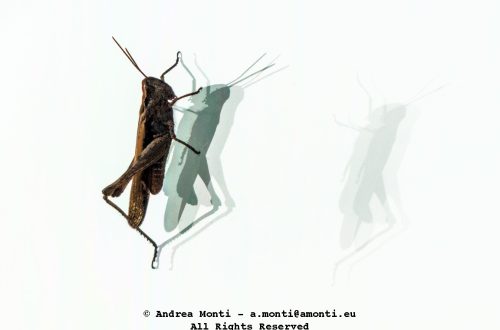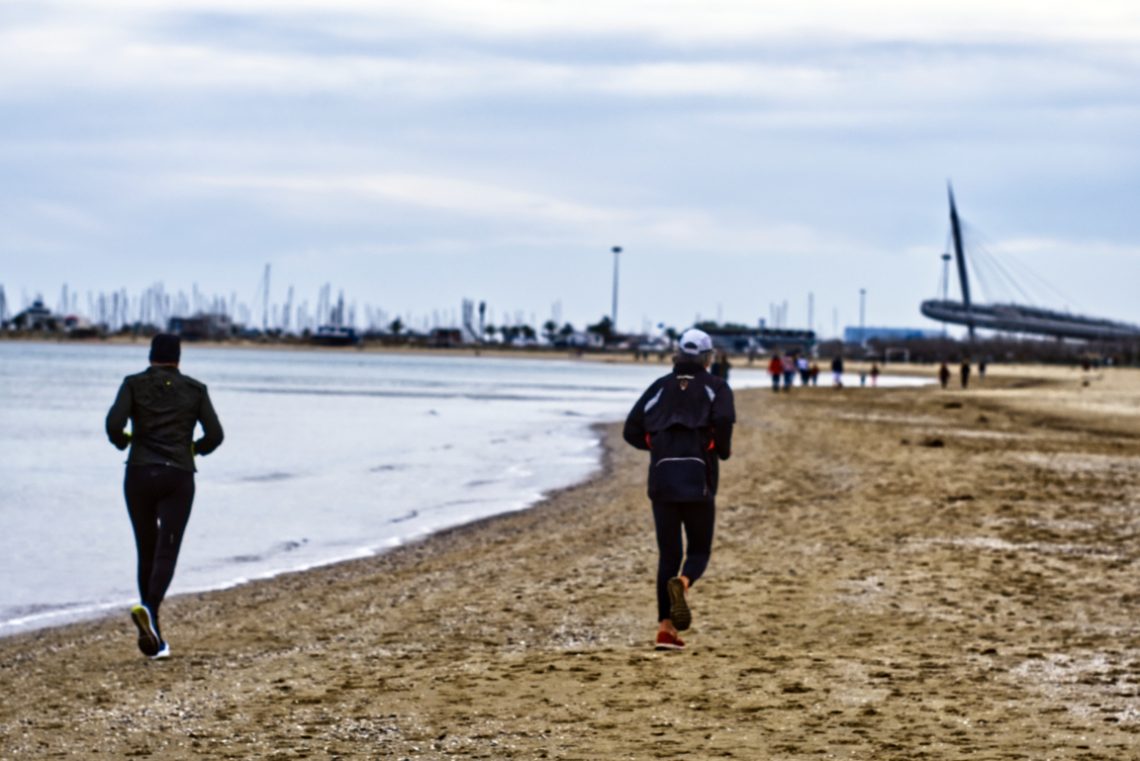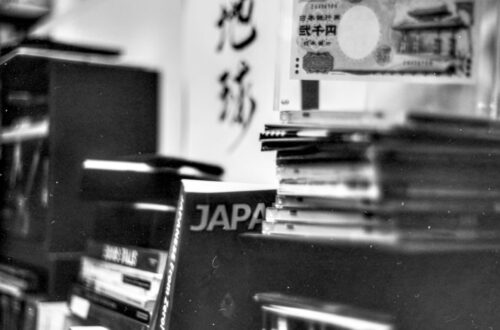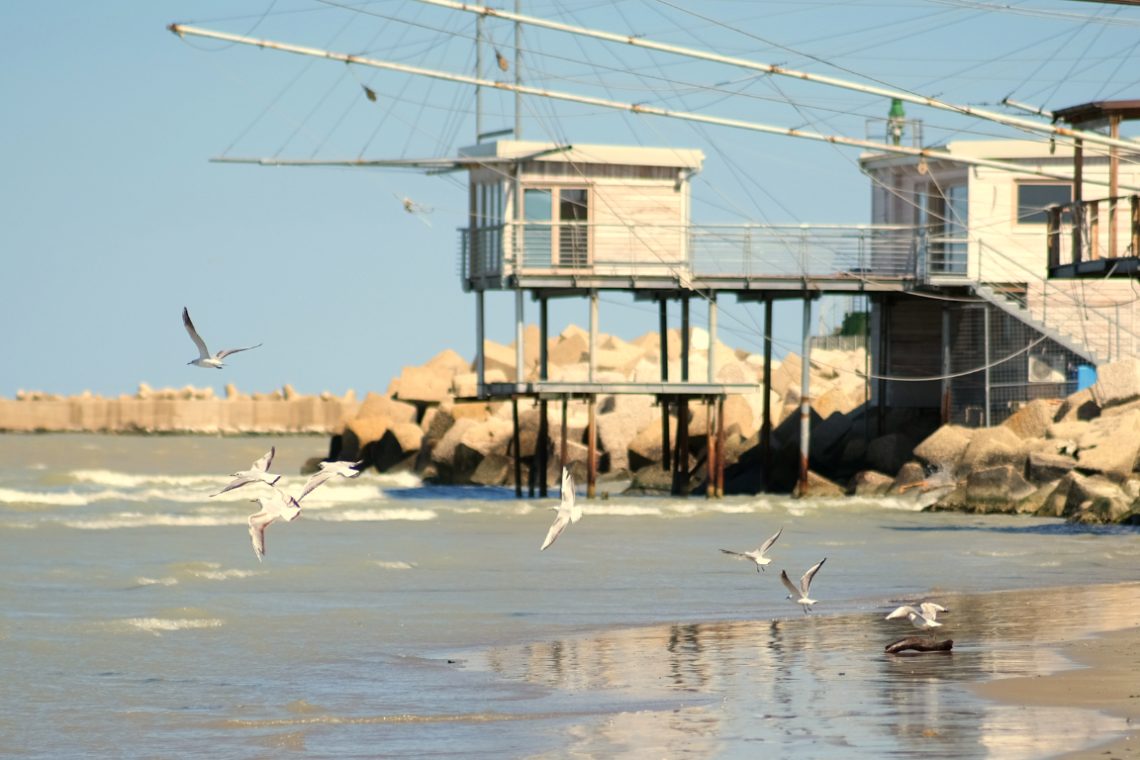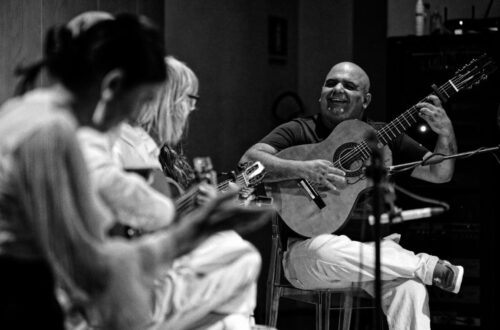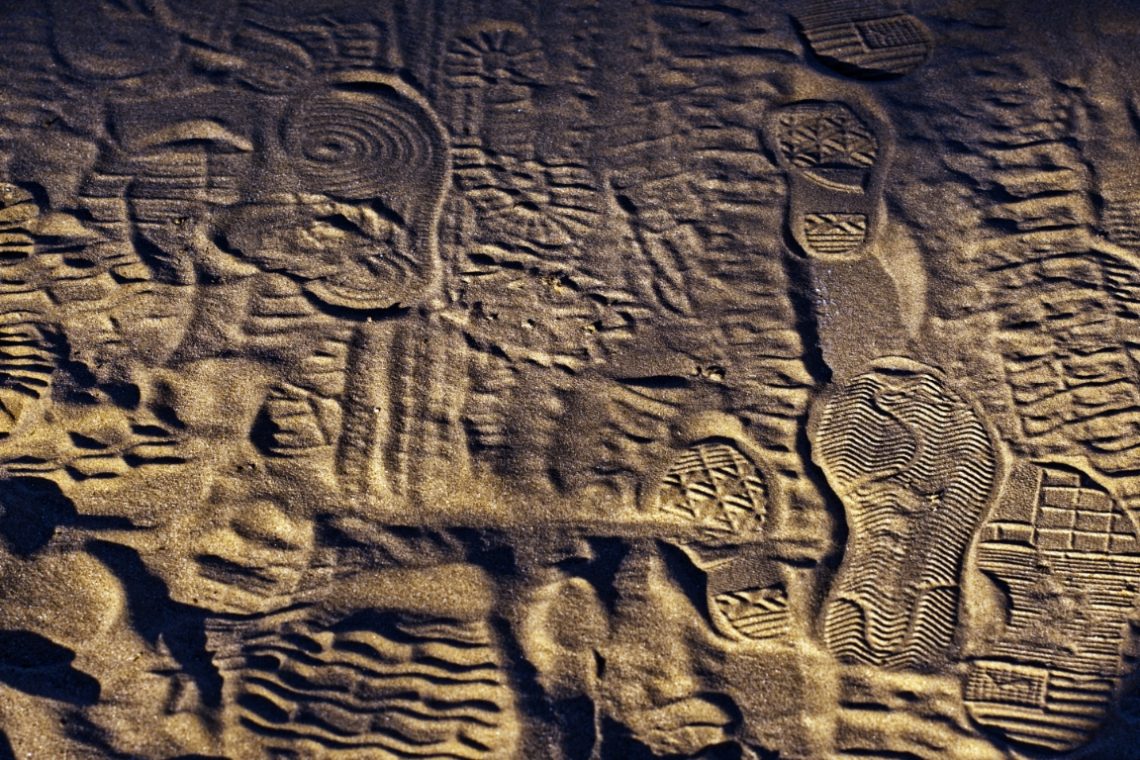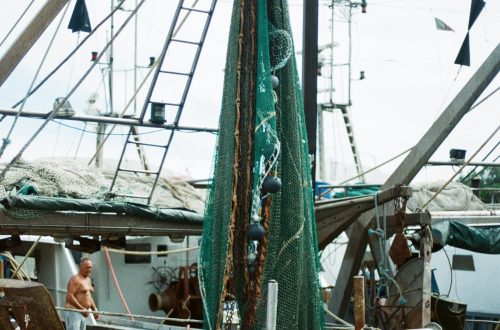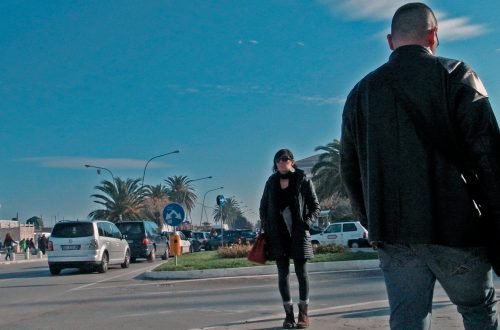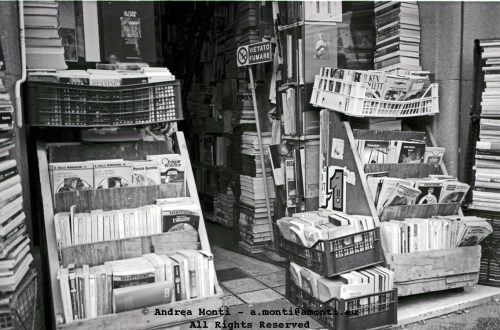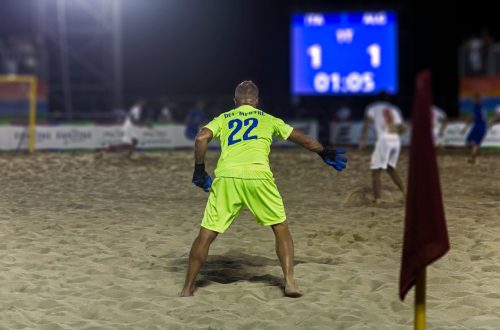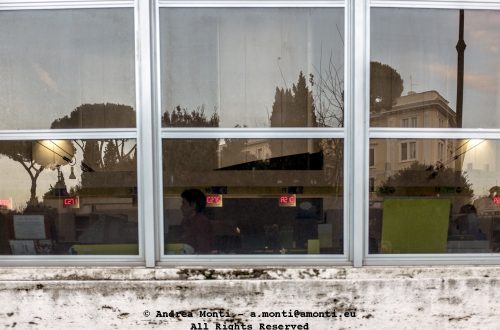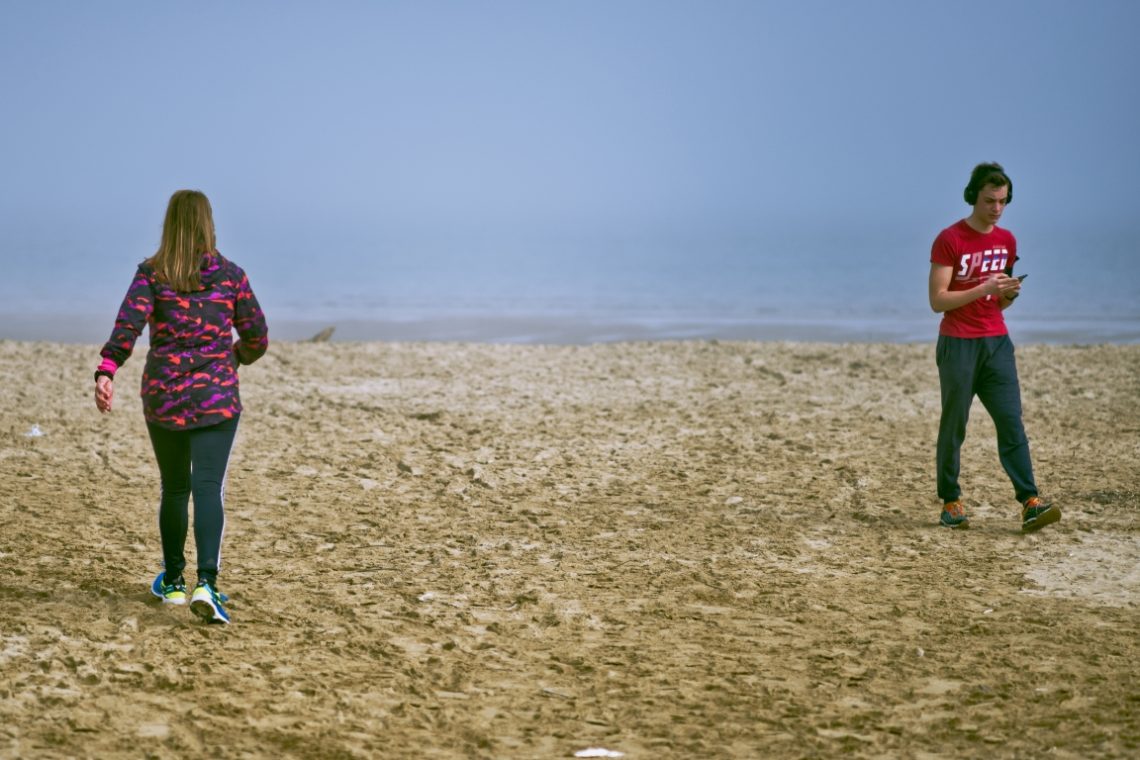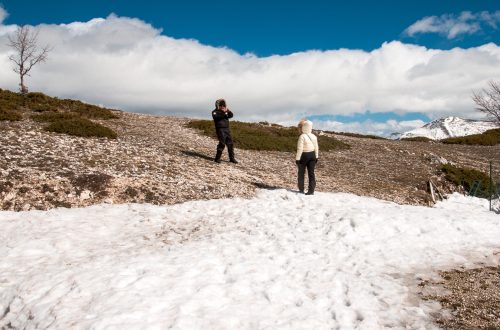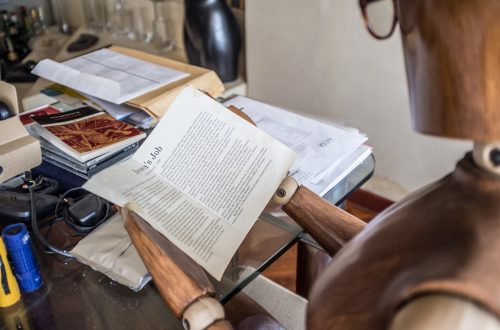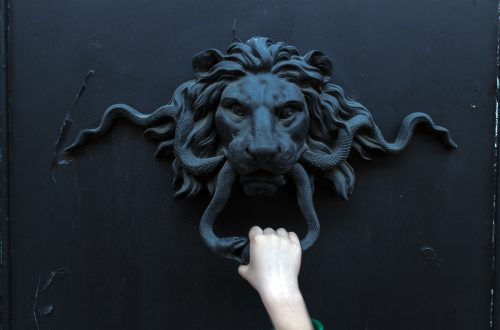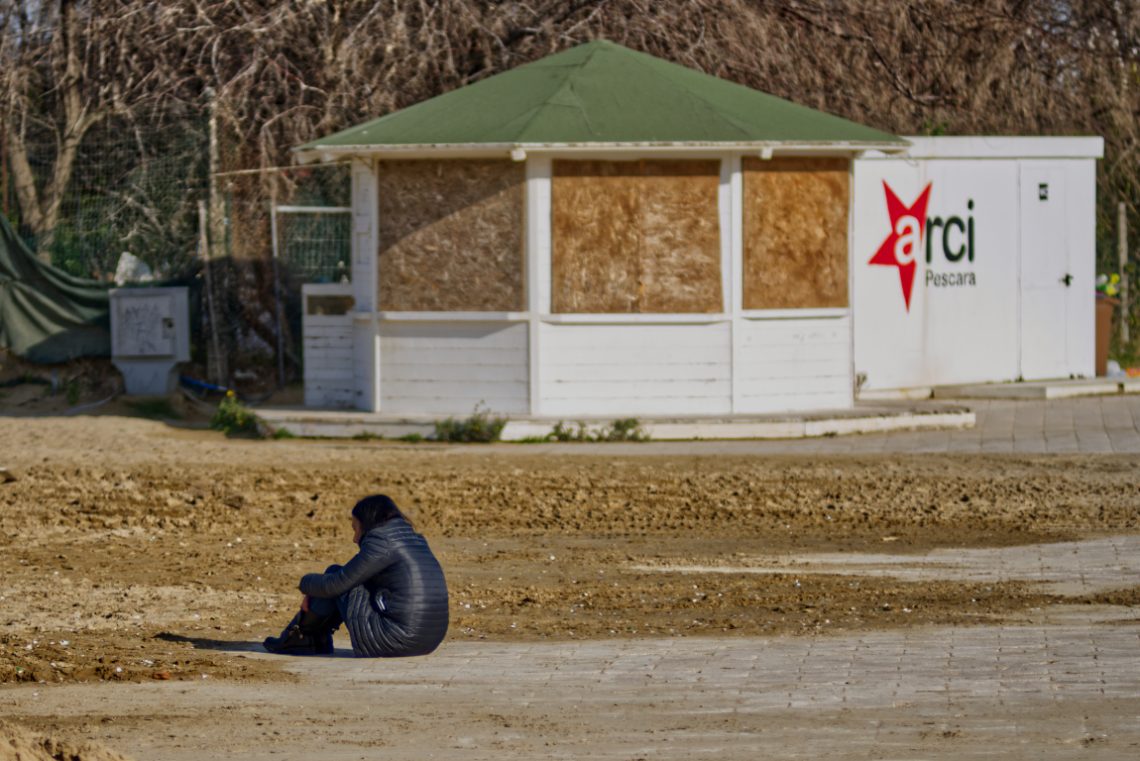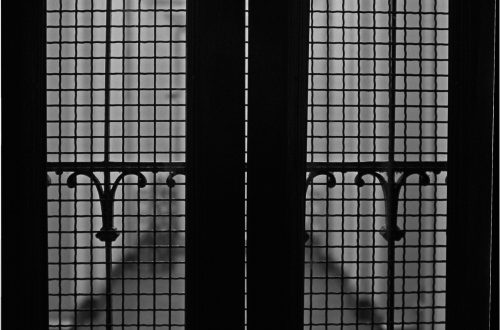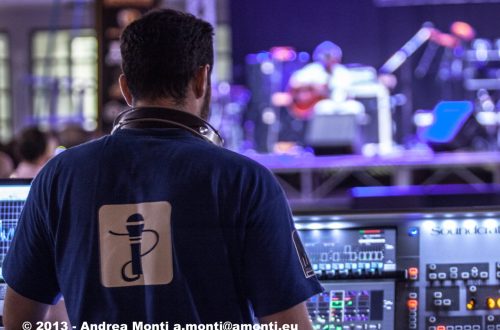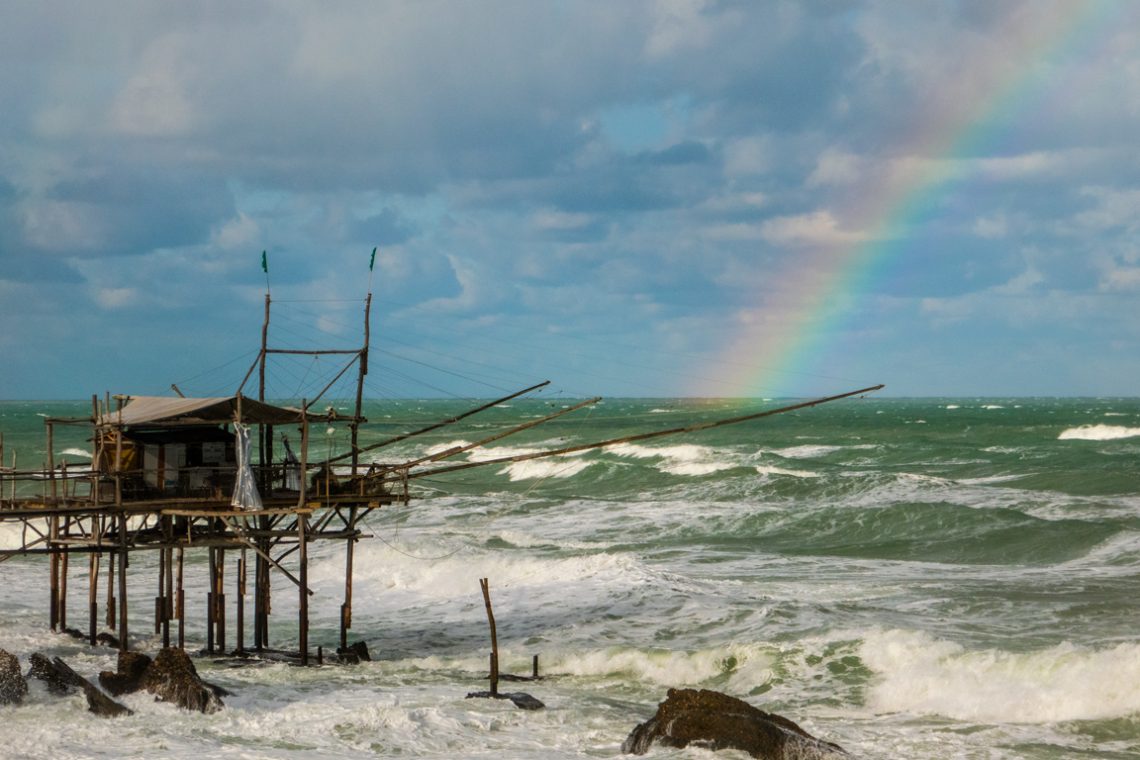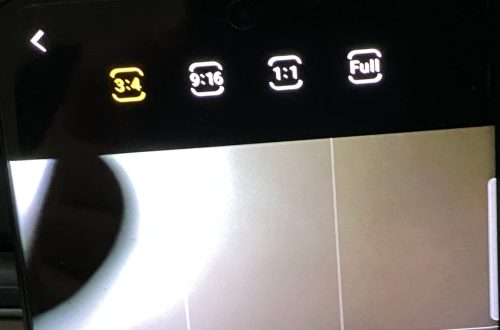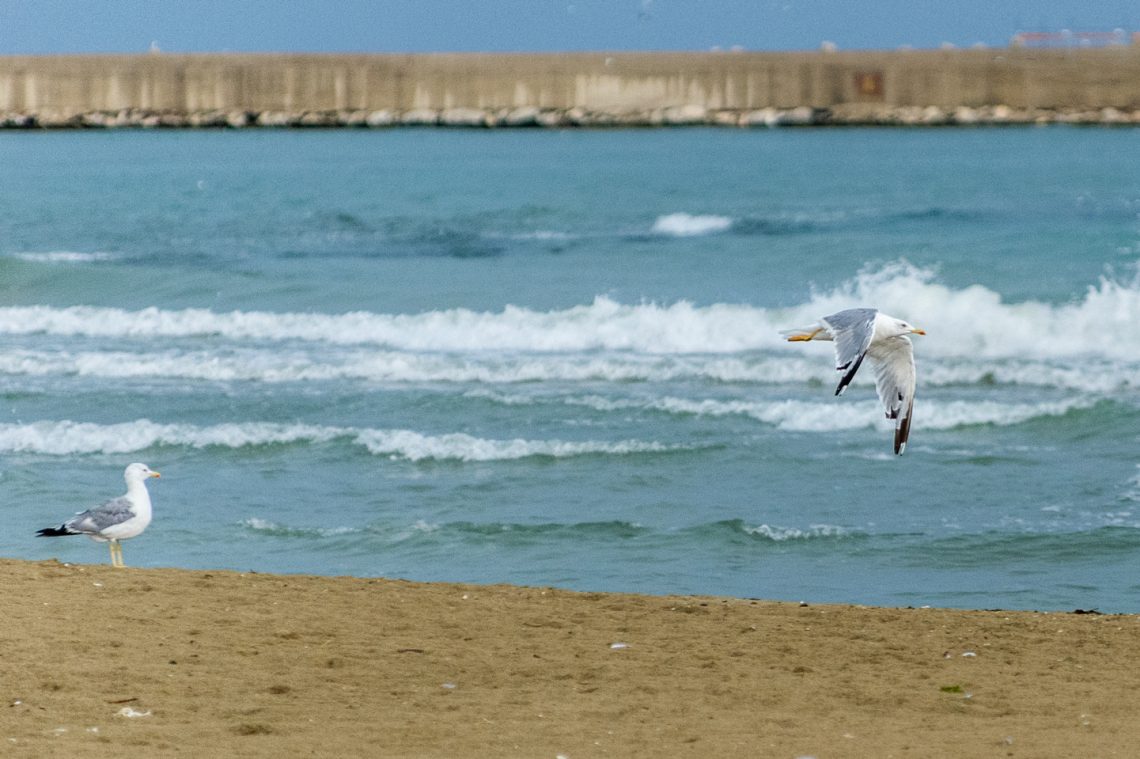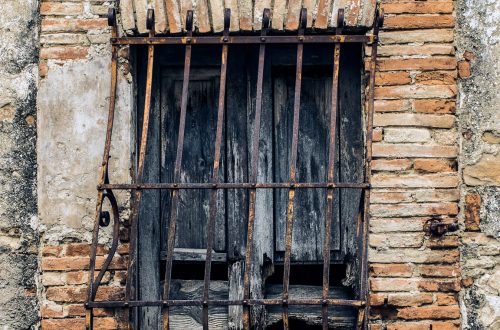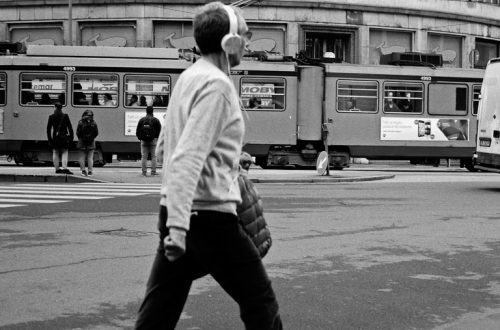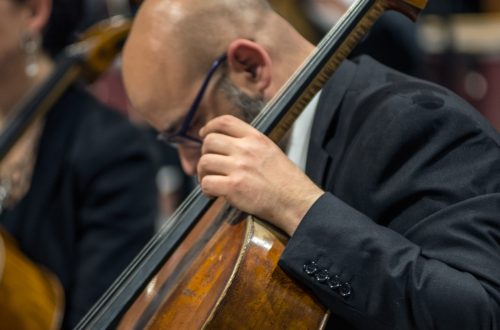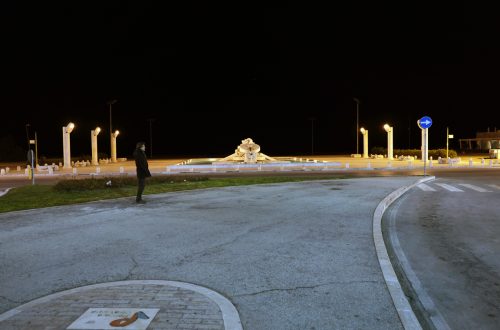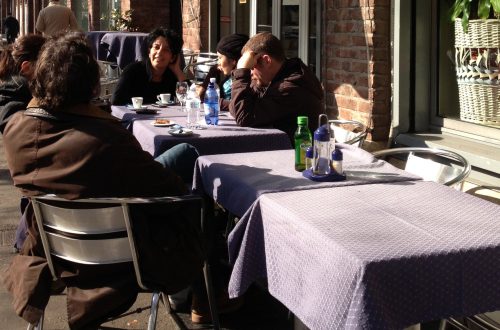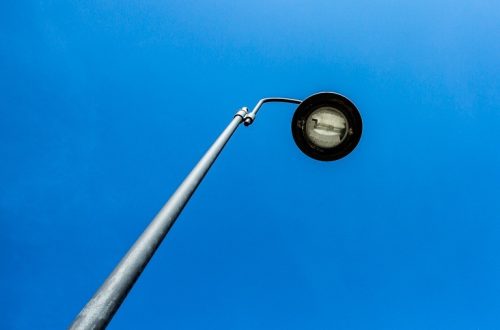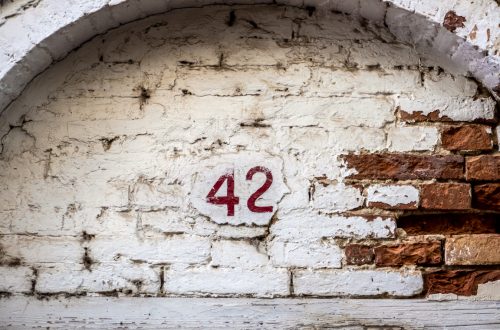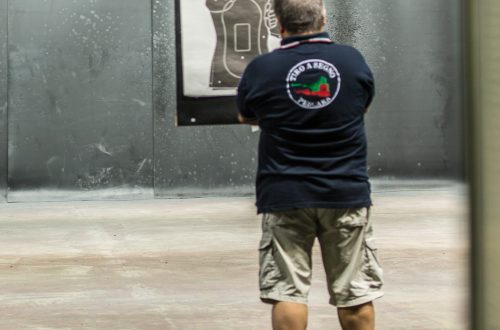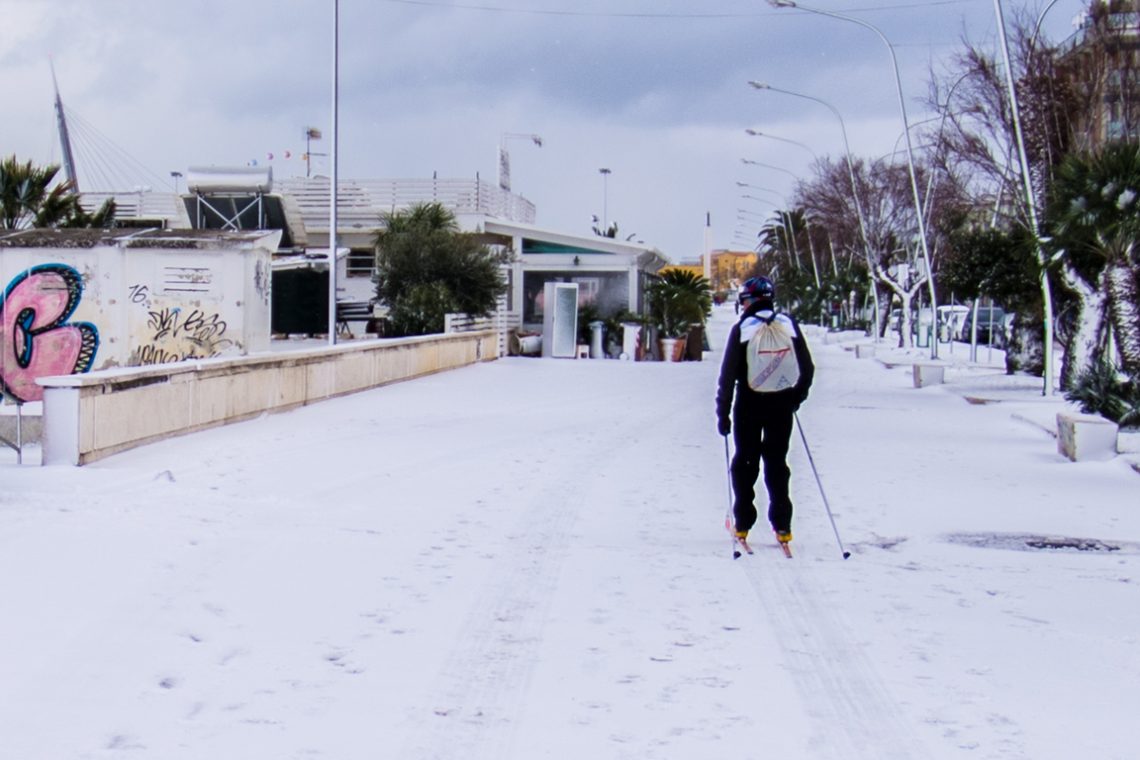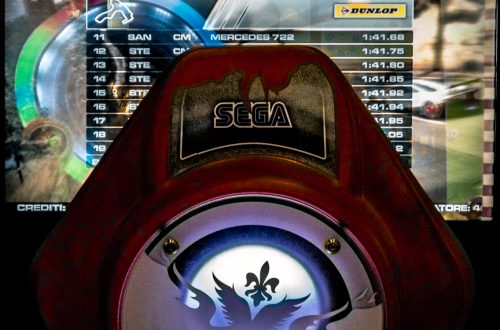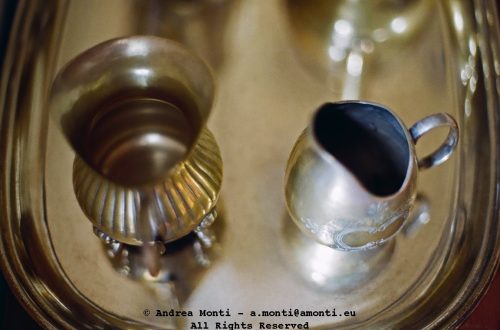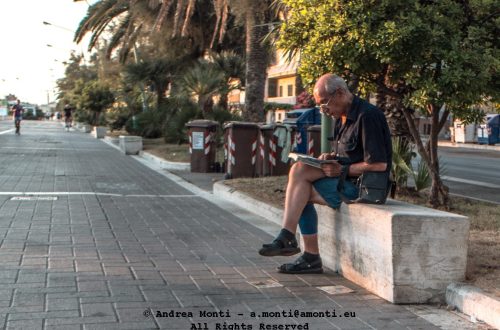-
The Compelling Power of Photography
The sandstorm came fast — the kind that scours your skin raw, leaves grit between your teeth, and makes you regret every bit of exposed flesh. I had the Pentax K-3 II with the DA* 50–135mm f/2.8 mounted and ready, but even the gear felt fragile in that wind. Eighty kilometres per hour doesn’t sound like much until it becomes horizontal. In the middle of that chaos, he walked in. No jacket, no hood, no camera gear — just shorts, sunglasses, and a phone. He stopped, planted his feet in the shifting sand, and took a photo. Not staged, not dramatic. Just a gesture. In the middle of discomfort, maybe…
-
Not AI-made…
The colour rendition of a photo taken with a Pentax (camera and lens) is unique. Taste is personal, and so is this opinion. One thing, however, is sure: the pictorial look of this photography is not made by an ‘AI’.
-
On Photography and Self-Delusion
Only travelling abroad gets exotic photos. No need to travel overseas to get unusual images. Shoot digital is the only way ‘to stay in the moment’. Going retro with film is the only way to stay ‘in the moment’. Get the latest gear you can find. No, use the cheapest stuff because photography is about the man, not the machine. Do not post process, do post process. Shoot colour; no shoot B&W. Use Midformat, no full-frame, no APS-C, no smartphone-size sensors… The list of advice coming from (self-professed) experts, journalists (most often, web content editors with no editorial clearance), and ‘seasoned’ (wannabe) photographers could grow forever.More often than not, these…
-
Beach Party
Shot just after dawn, this image came together in seconds but tells a layered story of rivalry and instinct. The beach, in its usual emptiness, became a stage for the coarsely choreographed interaction between gulls and crows. I didn’t plan for a composition — I reacted to it. And yet, the result balances tension, motion, and rhythm better than many calculated frames. Technically, I leaned into softness rather than clarity. The overcast light pushed the colours into a muted palette, verging on monochrome. I let the flatness be, resisting contrast boosts in post, allowing the wet sand to mirror just enough detail without pulling the eye from the birds. Their…
-
Sun Worshipers
-
Dark Omen
I photographed this scene in late winter, when the bare trees carried no leaves and the sky pressed low with heavy clouds. The flock of birds, startled into flight, scattered across the frame in uneven patterns. Their silhouettes against the pale backdrop gave the scene a sense of unease, as though the moment was charged with something more than simple movement. Compositionally, I placed the trees as anchors, their skeletal branches reaching upward and outward, filling much of the lower frame. They serve as both structure and stage, while the birds provide rhythm and unpredictability. The flock is not evenly distributed—clusters form and break apart, guiding the eye from one…
-
Gliding Away
I caught this shot as the gull moved past me, wings stretched in an elegant curve, pulling away from the frame almost as quickly as I brought the camera to my eye. Tracking birds in flight with the DA* 50-135 on the K-3 II is always a test of reflexes and technique, especially when the background is a shifting plane of textured water. The lens handled the contrast well, keeping the bird distinct enough from the muted greens and greys of the sea, though the fine detail in the wingtips fell just short of crisp — a reminder that a fractionally faster shutter speed might have been the better choice.…
-
Waiting for the Fish
There’s a particular kind of pleasure in using the Pentax K-3 II paired with the DA* 50-135mm f/2.8—a combination that rewards patience much like the fisherman in this frame. The lens’s rendering and microcontrast gave me exactly what I wanted here: a clean separation between subject and background without the look feeling forced. The weather was brooding, the horizon hazy, and the colours naturally muted, so the camera’s sensor, with its well-known dynamic range, had plenty of tonal nuance to work with. The man in the red hoodie became my obvious focal point—a striking colour contrast against the cooler palette of sea and sky. His posture, hands clasped behind his…
-
Should I Seat?
-
Man in Trenchcoat
-
Barbarians At the Beach
Early in the morning, before the usual hum of the seafront returned, the marks left behind during the night were still untouched. The beach, normally a place defined by wind, tide, and human leisure, had been overwritten by the heavy, mechanical tracks of off-road vehicles. What should be a natural surface shaped by the sea had become a blueprint of careless intrusion. The lines in the sand tell their own story. They are not the soft curves left by a bicycle or the faint imprints of footsteps. These are deep, forceful grooves—parallel, looping, intersecting—carved by weight and speed. They cut through the beach in patterns that have nothing to do…
-
A ‘Trabocco’ on the Adriatic Sea
-
Using a 1960 Leica Elmarit 90/2,8 on a Fuji X-T3
In short The Leica Elmarit 90/2,8 works flawlessly on a Fujifilm X-T3, also with third-party adapters having no electronic connection with the camera. It provides excellent results, notwithstanding its age. Using this lens for street photography requires using focus-peaking or zone focus. In this latter case, proper training is necessary to correctly assess the distance from the subject. Image quality On the X-T3 the lens preserves its unique identity. Its colour rendering gives pictures a distinctive ‘retro’ character. The Elmarit shows an excellent resolving power: thin lines are visible and well defined. Chromatic aberration is visible at F2,8. It disappears from F4 and ahead. Anyway, the lens profile is well…
-
In praise of ‘cheap’ lenses for ‘pro’ works
Full disclosure: I have no relationship with Viltrox. I purchased the lenses with my own money and did not receive any request to write this post. I have recently discovered Viltrox, a Chinese manufacturer of lenses for the Fujifilm X-system. I am using the AF 85/1,8 II XF and the AF 56/1,4 XF and I am very satisfied by their performance. They are very good for ‘professional’ sessions, however, there are many online reviews that snobbishly rate these lenses as ‘amateur’, ‘non-professional’ or ‘first time portrait photography enthusiasts’ grade. I think that these reviews are unfair and here is why: What does ‘better’ mean? It is a known fact that…
-
Footprints
-
Zombies
It was one of those winter mornings where the fog doesn’t just obscure — it swallows. Standing on the shoreline with the Nikon D610 and my trusty Nikkor 105mm f/2.5, I could barely see ten metres ahead. Figures emerged slowly from the haze, walking towards me in silence, their features lost in the grey void. The effect was unsettling enough that, reviewing the shots later, I couldn’t help but think of a scene from a low-budget horror film — the title wrote itself. Technically, this photograph is a study in embracing limitation. Autofocus in such conditions is almost pointless, and it wasn’t a problem since the lens is full-manual; I…
-
Uninterested
No glance. No nod. Just two people moving through the same space, as if the other didn’t exist. This was taken on a beach that should have felt wide open, maybe even freeing—but something about the moment made it feel small, enclosed. The boy looks down at his phone. The girl walks past him, eyes fixed forward. Neither slows. Neither turns. They’re metres apart, yet orbiting separate worlds. I didn’t ask for this scene. It unfolded on its own. A brief choreography of disconnection. Their postures say enough: one drawn into a screen, the other into her own stride. There’s no hostility here—just absence. A quiet kind of loneliness, the…
-
Pensive
Manual focus needs practice. This photo would have been better if I framed also the top of the cabin and focused better the person.
-
Hope after the Storm
The sea hadn’t quite calmed when I made this frame—the wind still cut the crests sharp, and the noise of the waves clashing against the pilings of the trabocco was thick, physical. I waited for a break in the light, not hoping for much, and then the rainbow broke into view—just briefly—and gave the scene a tension it was missing. Not the kitsch kind of rainbow, but the kind that appears in defiance of ruin. The trabocco—an ancient fishing machine precariously perched on stilts—has always struck me as the embodiment of resilience. I framed it slightly to the left to leave space for the arc, letting the rainbow anchor the…
-
Learning to Fly
-
Full Moon
Photographing the moon is a deceptively simple task — at least until you try it. What I wanted was the cold, silvery sharpness of our nearest celestial neighbour, etched against a black void. What I ended up with was something quite different, but not without merit: a moody study of the moon as seen through a gauzy veil of fast-moving clouds. The composition is almost entirely dictated by nature. The moon sits dead-centre, surrounded by concentric ripples of light refracted through water vapour. The clouds swirl and twist in soft greys, catching the pale light and turning it into a painterly texture. In the very heart, there’s a thin halo…
-
The Flying Dutchman… a sort of
I made this shot standing at the edge of a small harbour after midnight, the kind of hour where everything becomes abstract unless it’s lit. The boat, isolated and slightly listing, sat in complete stillness, half-moored, half-abandoned. It wasn’t moving, but it didn’t feel settled either. That in-betweenness is what caught my attention. The frame leaned heavily on underexposure—on purpose. I wanted the boat to emerge from the blackness like a memory, not an object. I metered for the faintest highlights and let the rest fall into noise and void. What the image lacks in tonal range, it gains in atmosphere. The blacks are thick, the shadows granular, and the…
-
Settled in the wrong place
There’s a jolt in seeing something so deeply tied to heat and aridity draped in snow. The prickly pear cactus, its fleshy paddles dusted white, looks almost embarrassed – as if caught wearing the wrong clothes for the season. This is a photograph about displacement, but not in a melodramatic sense; rather, it’s a quiet document of the absurdities nature sometimes hands us. From a compositional standpoint, the image benefits from its layered structure. The cactus dominates the foreground on the left, its irregular shapes and textures pulling the viewer in. Mid-ground, a smaller shrub offers a softer counterpoint, while the horizon – faint and blurred – separates the white…
-
Where Are Skilifts Supposed to Be?
I took this photograph on a surreal winter morning when the Adriatic coastline had been transformed into something closer to the Alps than a seaside promenade. The skier, moving steadily away from me, became the anchor for the scene — his posture calm, almost resigned, as though he knew full well there would be no skilifts waiting for him ahead. From a compositional standpoint, I wanted the perspective lines to work hard here. The lamp posts, the pavement edges, even the faint ski tracks converge toward the centre, guiding the eye deeper into the image. The figure is positioned just off-centre, allowing the street to breathe while still holding the…
